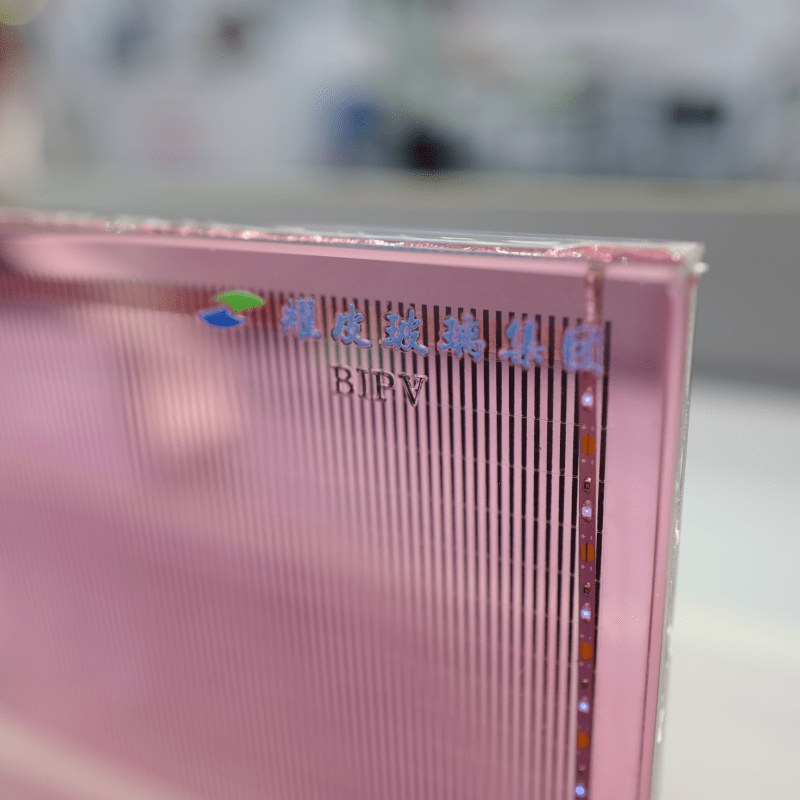How Solar Glass Technology Powers Modern Buildings
The integration of solar glass into modern architecture represents one of the most significant advances in sustainable building design. This innovative technology transforms ordinary windows and building facades into power-generating assets, marking a revolutionary shift in how we approach energy efficiency in construction. As cities worldwide embrace green building practices, solar glass has emerged as a cornerstone of sustainable architecture, offering both functionality and aesthetic appeal.

Understanding Solar Glass Technology
Core Components and Structure
At its heart, solar glass consists of multiple layers of specialized materials. The primary structure includes a transparent conducting oxide layer, photovoltaic materials, and protective encapsulation. These components work in harmony to capture solar energy while maintaining transparency, making it ideal for building integration.
Manufacturing Process
The production of solar glass involves sophisticated manufacturing techniques. Advanced coating processes deposit thin films of photovoltaic materials onto glass substrates. This precise process ensures optimal energy conversion while maintaining visual clarity. Modern manufacturing methods have significantly improved both the efficiency and cost-effectiveness of solar glass production.
Applications in Modern Architecture
Building Integration Solutions
Modern architects increasingly incorporate solar glass into their designs as building-integrated photovoltaics (BIPV). This technology serves multiple purposes, functioning as both a building envelope and power generator. The versatility of solar glass allows its application in windows, skylights, facades, and even decorative elements.
Energy Performance Benefits
The implementation of solar glass technology delivers significant energy benefits. Beyond generating electricity, these installations reduce solar heat gain, decreasing cooling costs. Advanced solar glass systems can achieve power generation efficiencies of up to 15%, while simultaneously providing thermal insulation and glare reduction.
Environmental and Economic Impact
Sustainability Advantages
Solar glass installations contribute substantially to reducing building carbon footprints. By generating clean energy on-site, buildings equipped with solar glass technology significantly decrease their reliance on grid power. This reduction in fossil fuel consumption translates to meaningful environmental benefits and supports global sustainability goals.
Cost-Benefit Analysis
While the initial investment in solar glass technology may be higher than traditional glazing, the long-term financial benefits are compelling. Buildings incorporating solar glass typically see reduced energy costs, increased property values, and potential tax incentives. The payback period continues to decrease as manufacturing costs decline and efficiency improves.
Future Developments and Innovations
Emerging Technologies
Research in solar glass technology continues to yield exciting breakthroughs. New developments include enhanced transparency, improved energy conversion efficiency, and smart features like automated tinting. These innovations promise to further expand the capabilities and applications of solar glass in modern construction.
Market Growth Projections
The solar glass market shows strong growth potential, driven by increasing demand for sustainable building solutions. Industry analysts project significant expansion in both commercial and residential applications. This growth is supported by improving technology, declining costs, and supportive government policies worldwide.
FAQ
What is the typical lifespan of solar glass installations?
Solar glass installations typically last 25-30 years, with minimal degradation in performance over time. Regular maintenance can extend this lifespan, making it a durable long-term investment for building owners.
How does weather affect solar glass performance?
Modern solar glass is designed to perform effectively in various weather conditions. While maximum efficiency occurs during direct sunlight, these systems can still generate power on cloudy days and are engineered to withstand severe weather conditions.
Can solar glass be retrofitted to existing buildings?
Yes, solar glass can be integrated into existing structures during renovation projects. However, the process requires careful planning and may need modifications to the building's electrical systems and structural support.
